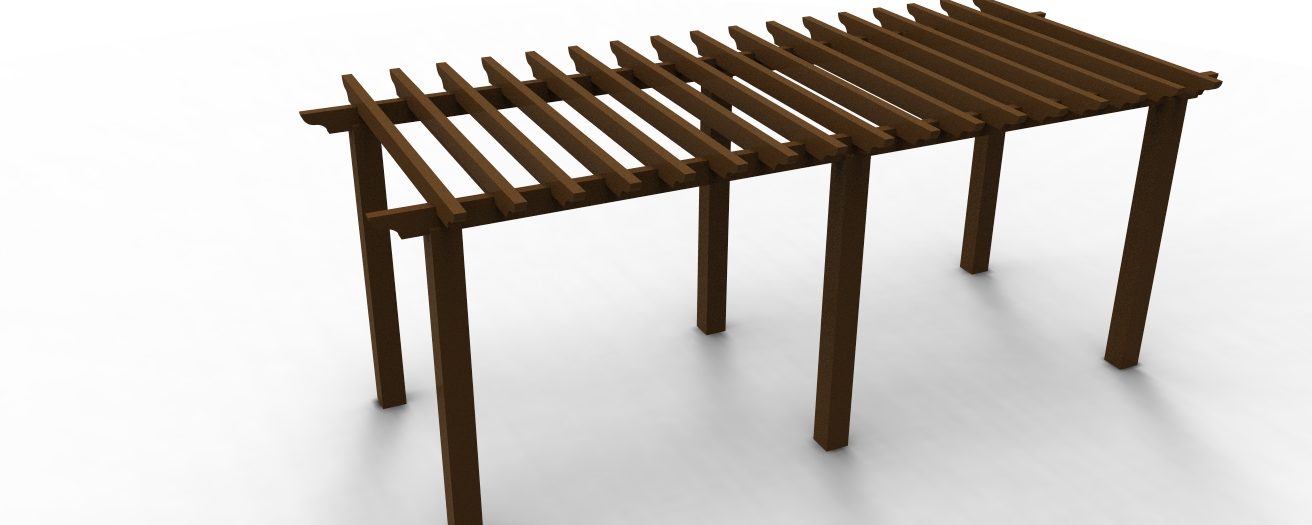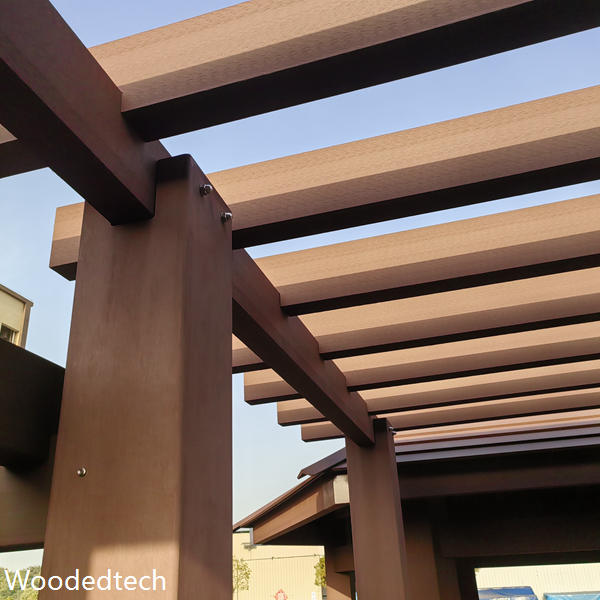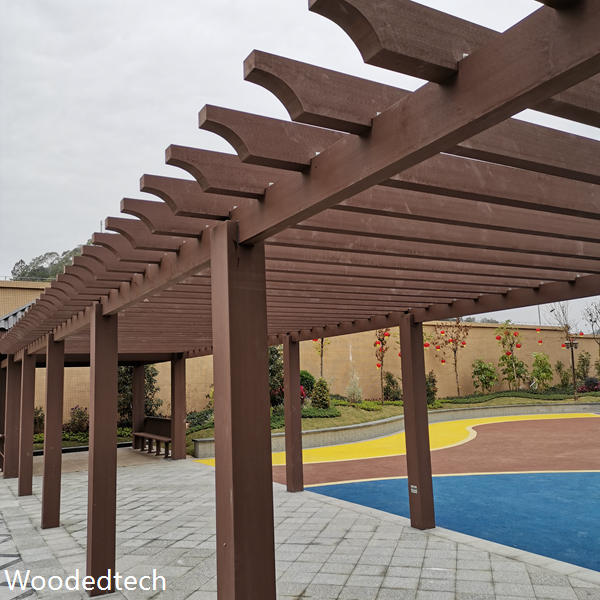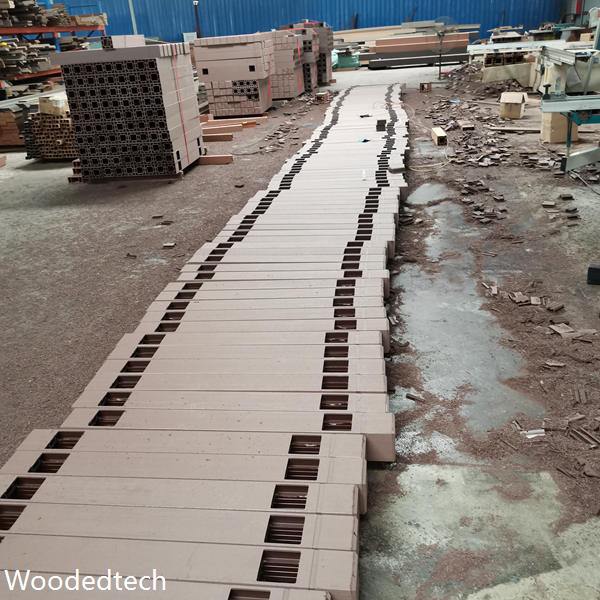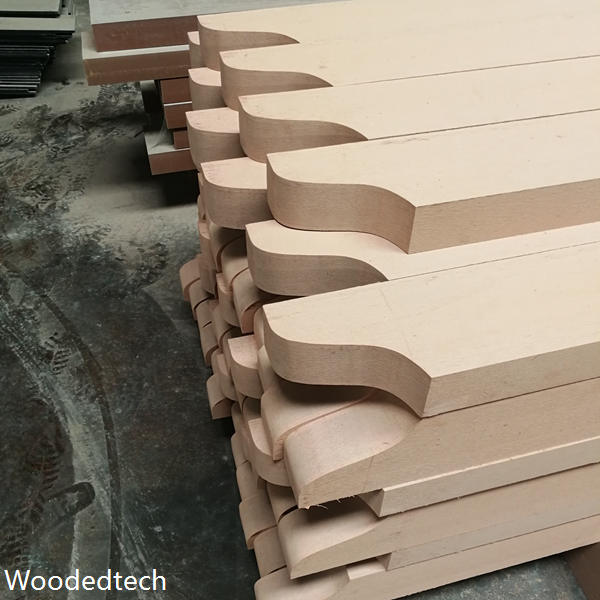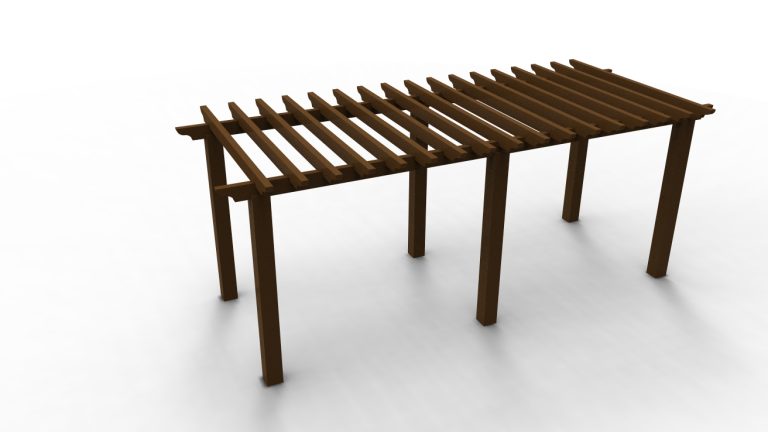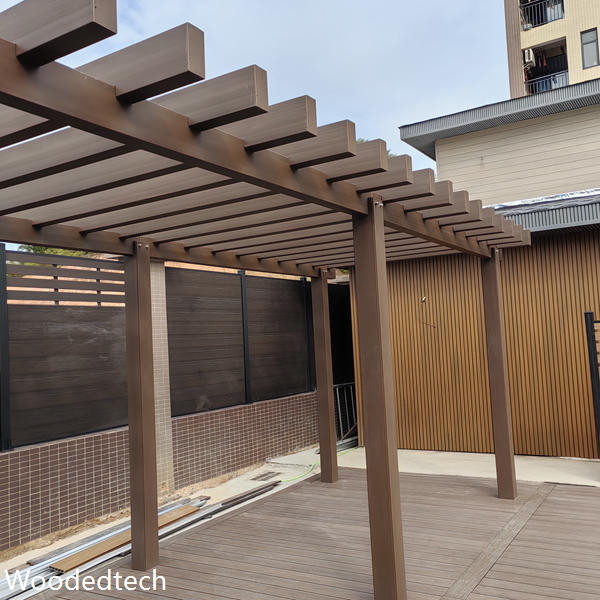Comprehensive Composite Wood Polymer Loggia Installation Process
Comprehensive Composite Wood Polymer Loggia Installation Process
The installation of Composite Wood Polymer Loggia represents a significant advancement in building materials, particularly for outdoor applications. This innovative product combines the aesthetic appeal of traditional wood with the durability and low maintenance characteristics of modern polymers. As more homeowners and builders seek sustainable and long-lasting solutions for outdoor spaces, understanding the comprehensive installation process for this material is essential.
One of the standout features of Composite Wood Polymer Loggia is its remarkable durability. Unlike natural wood, which can warp, crack, or splinter over time due to exposure to the elements, composite wood is engineered to withstand the rigors of outdoor environments. This material is resistant to moisture and does not require constant treatment to prevent decay. The anti-aging properties of composite wood ensure that the product retains its structural integrity and visual appeal for years, even when subjected to harsh weather conditions.
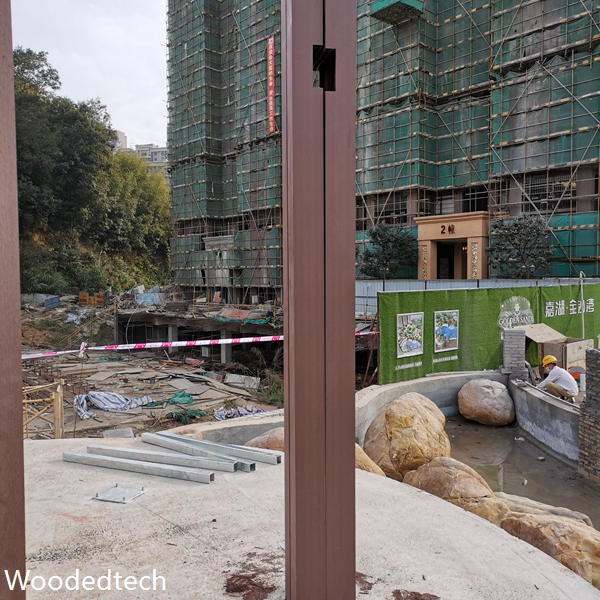
Additionally, composite wood is highly resistant to ultraviolet (UV) radiation. Traditional wood products often suffer from fading and discoloration when exposed to sunlight. In contrast, Composite Wood Polymer Loggia is designed to resist such degradation, ensuring that its color remains vibrant over time. This feature not only enhances the aesthetic value of outdoor spaces but also reduces the frequency and cost of maintenance. Homeowners can enjoy their decks, patios, and other outdoor areas without the worry of repainting or refinishing, allowing them to spend more time enjoying their surroundings.
The installation process of Composite Wood Polymer Loggia is relatively straightforward but requires careful planning and execution to achieve optimal results. Before beginning the installation, it is crucial to prepare the area where the loggia will be placed. This involves clearing any debris, leveling the ground, and ensuring proper drainage to prevent water accumulation under the structure. Proper site preparation is essential to maximize the longevity of the installation and to prevent potential issues related to moisture buildup.
Once the site is prepared, the next step is to install the framing. It is recommended to use pressure-treated wood or composite materials for the framing to ensure that it is resistant to rot and insects. The framing should be constructed with precision, ensuring that all components are level and securely fastened. Installing a proper framework is vital, as it provides the necessary support for the Composite Wood Polymer Loggia and helps maintain its structural integrity.
After the framing is in place, the installation of the composite boards can begin. These boards are typically designed to interlock or clip together, making the installation process easier and more efficient. It is important to follow the manufacturer’s guidelines for spacing and alignment to ensure that the boards fit snugly without gaps. Utilizing the correct fasteners is also crucial, as inappropriate fasteners can damage the boards or compromise their performance.
Another essential aspect of the installation process is the incorporation of expansion gaps. Composite materials can expand and contract with temperature fluctuations. By leaving appropriate gaps between the boards and at the edges, installers can prevent buckling or warping over time. This attention to detail is a key factor in the longevity of the installation.
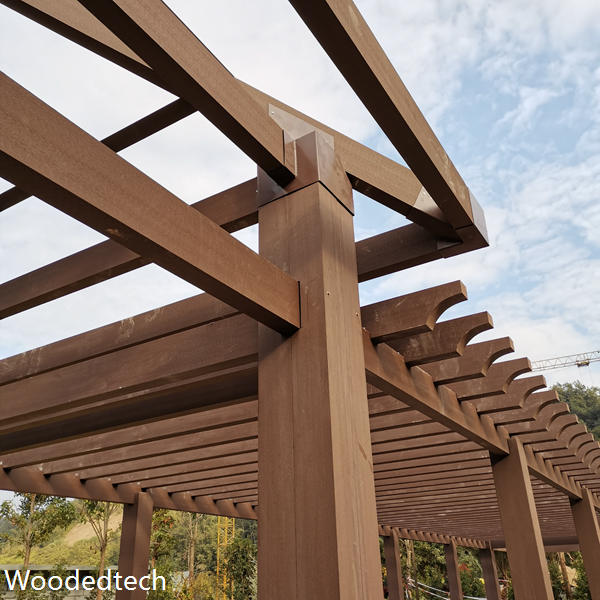
Once the boards are installed, it is advisable to perform a thorough inspection of the entire loggia. Checking for any loose boards, misalignments, or gaps will help identify areas that may require adjustments before the final touches are applied. After making any necessary corrections, the installation can be completed by adding railings or other decorative elements as desired. The versatility of Composite Wood Polymer Loggia allows for various design options, enabling homeowners to create a space that reflects their personal style.
One of the most appealing aspects of Composite Wood Polymer Loggia is its low maintenance nature. Unlike traditional wood structures that require periodic staining, sealing, or painting, composite wood only needs occasional cleaning with soap and water to maintain its appearance. This significant reduction in maintenance time and cost makes composite wood an attractive choice for busy homeowners who want to enjoy their outdoor spaces without the burden of extensive upkeep.
Furthermore, from an environmental standpoint, Composite Wood Polymer Loggia is often made from recycled materials, making it a sustainable choice for eco-conscious consumers. The long lifespan of composite materials also contributes to their environmental benefits, as they do not need to be replaced as frequently as natural wood products.
The installation of Composite Wood Polymer Loggia is a process that combines careful planning, precise execution, and an understanding of the material’s unique properties. With its outstanding characteristics, such as resistance to moisture, UV rays, and aging, this innovative product offers a durable and low-maintenance solution for outdoor spaces. As more individuals recognize the benefits of composite materials, the popularity of Composite Wood Polymer Loggia is likely to continue to grow, representing a shift toward sustainable and practical building solutions for outdoor living areas.
